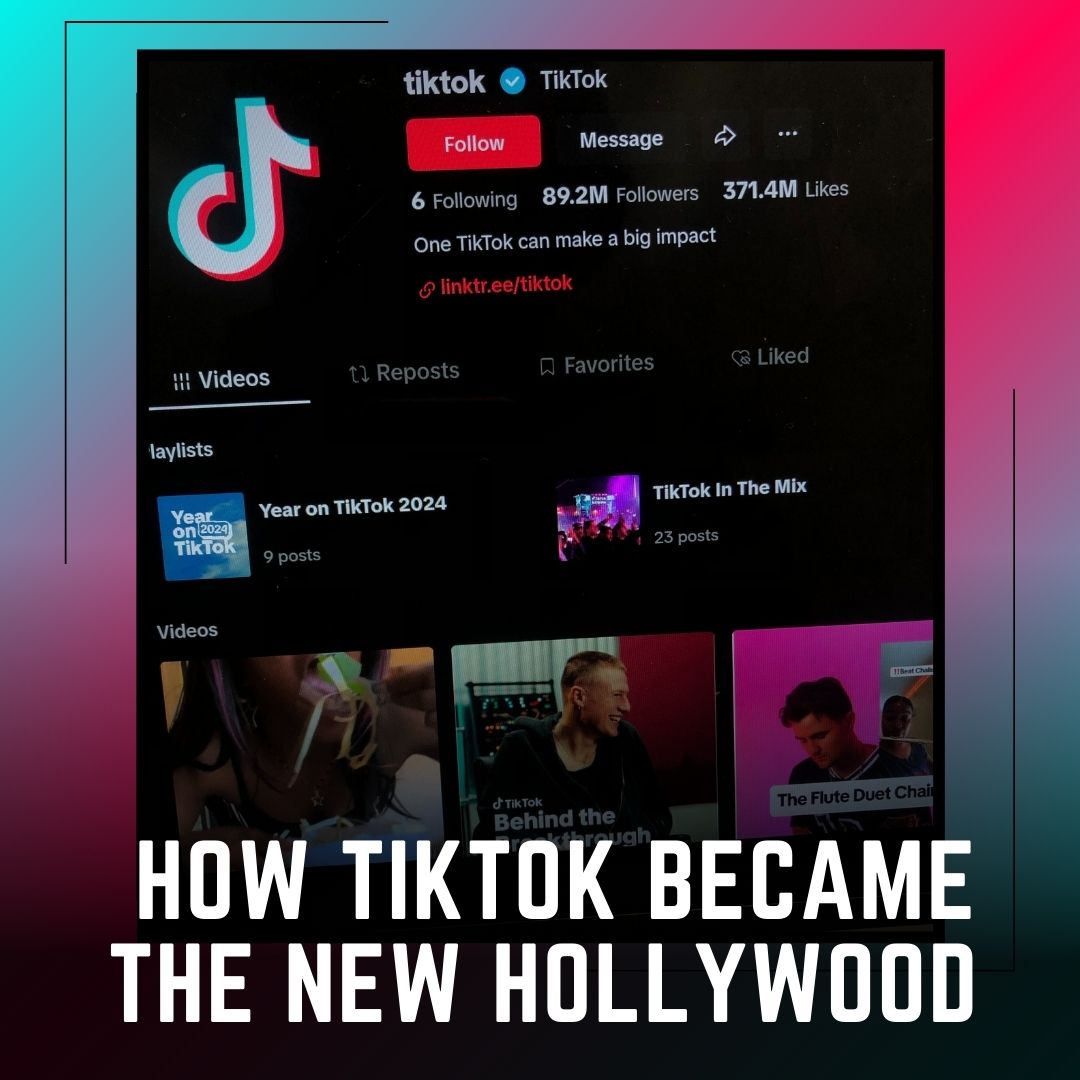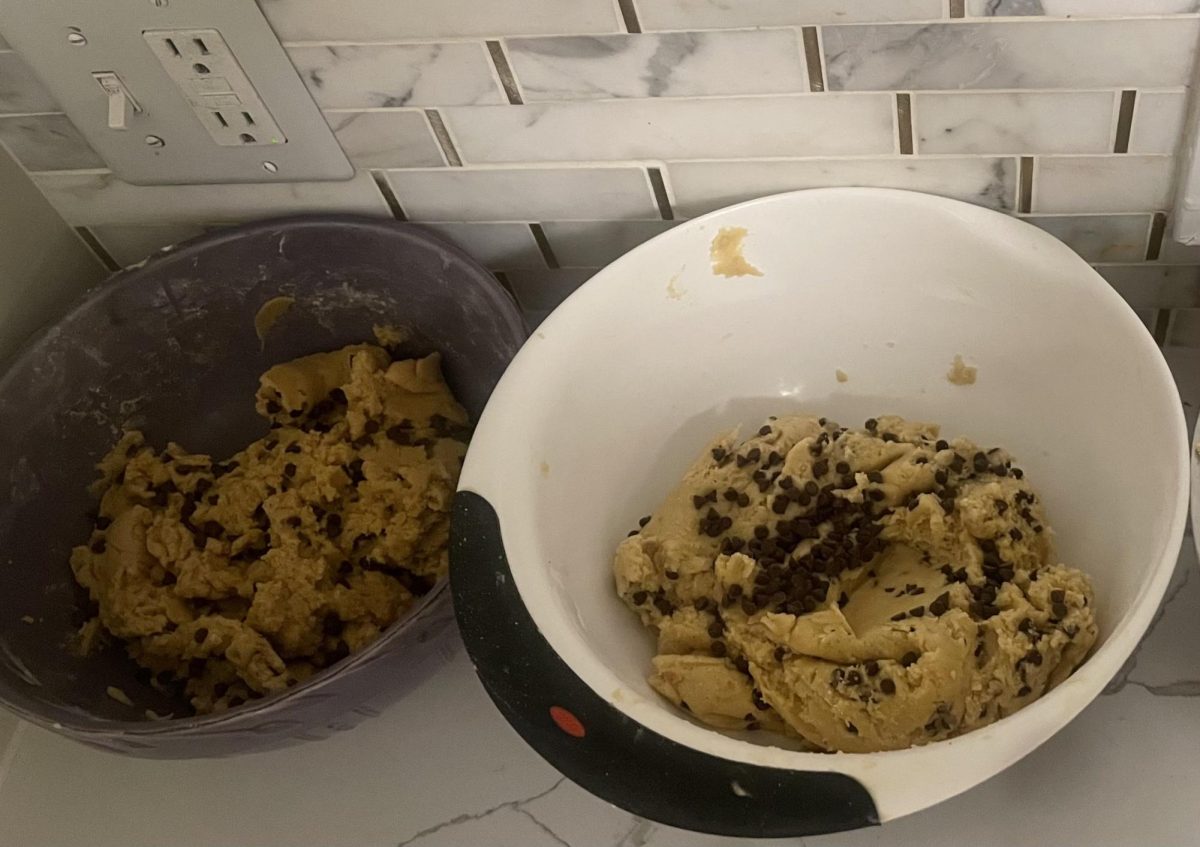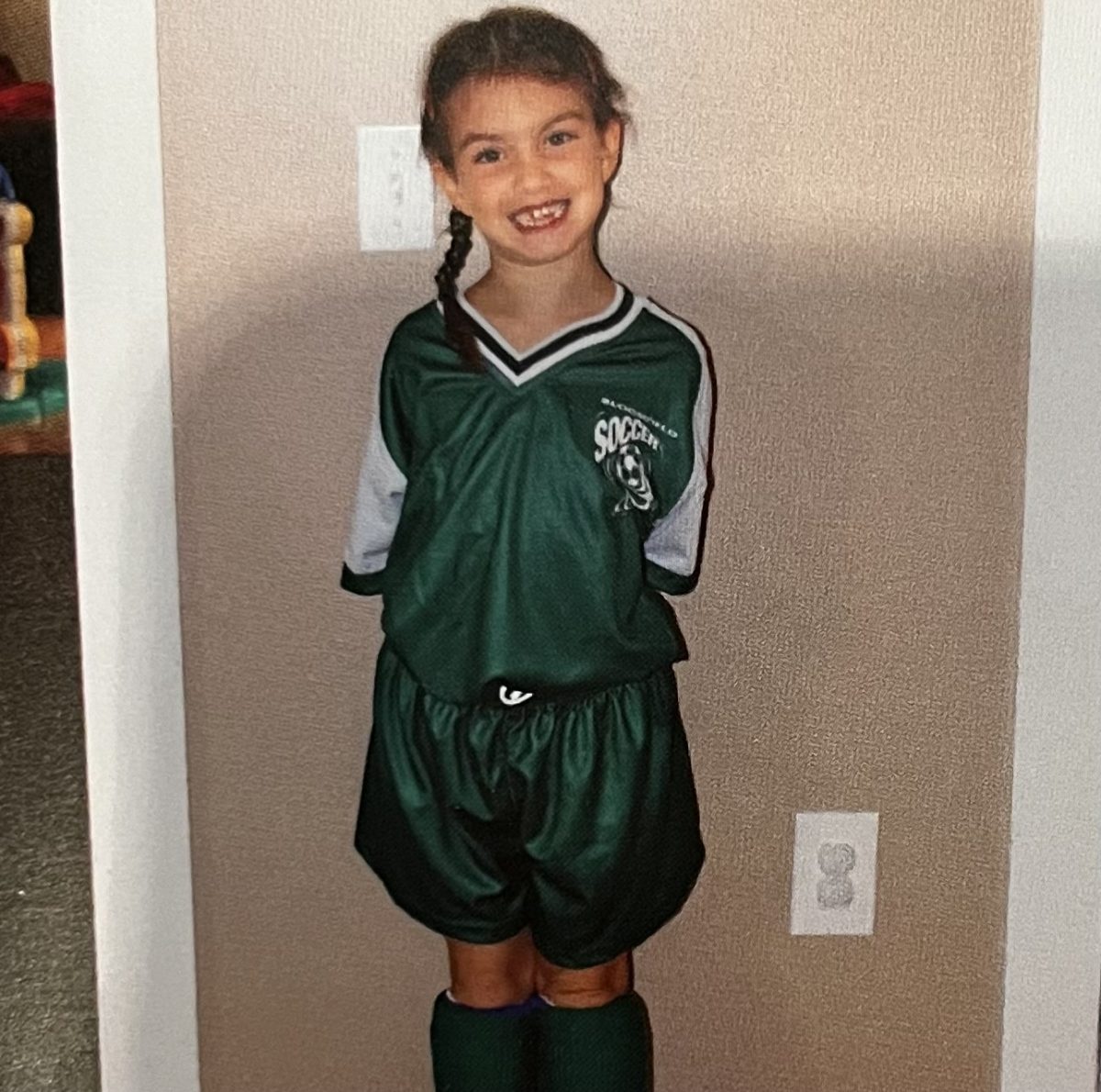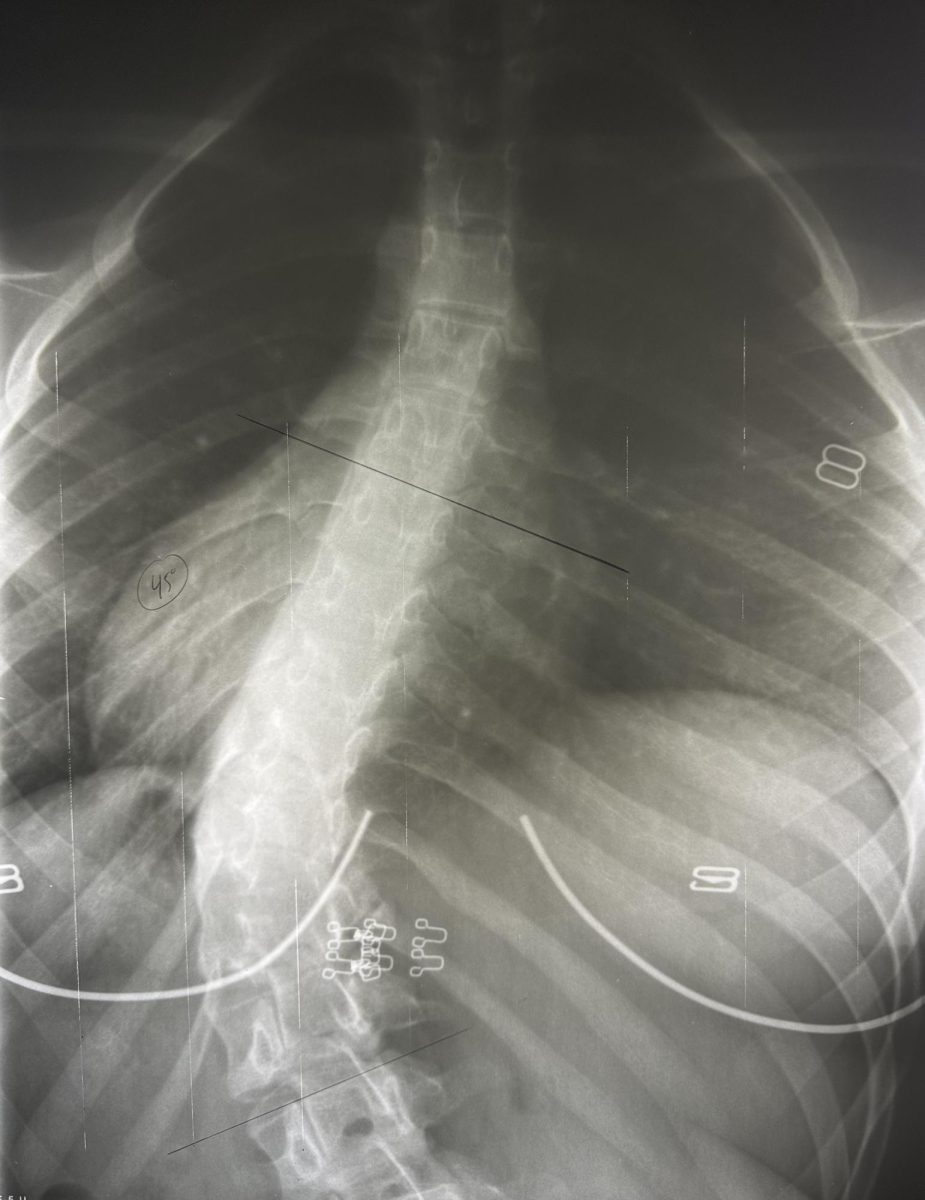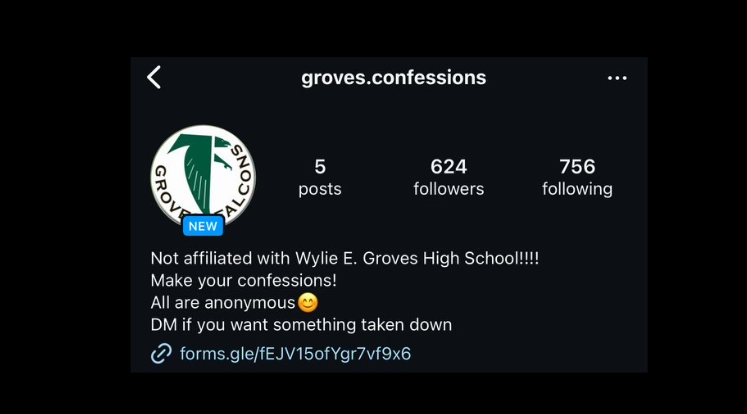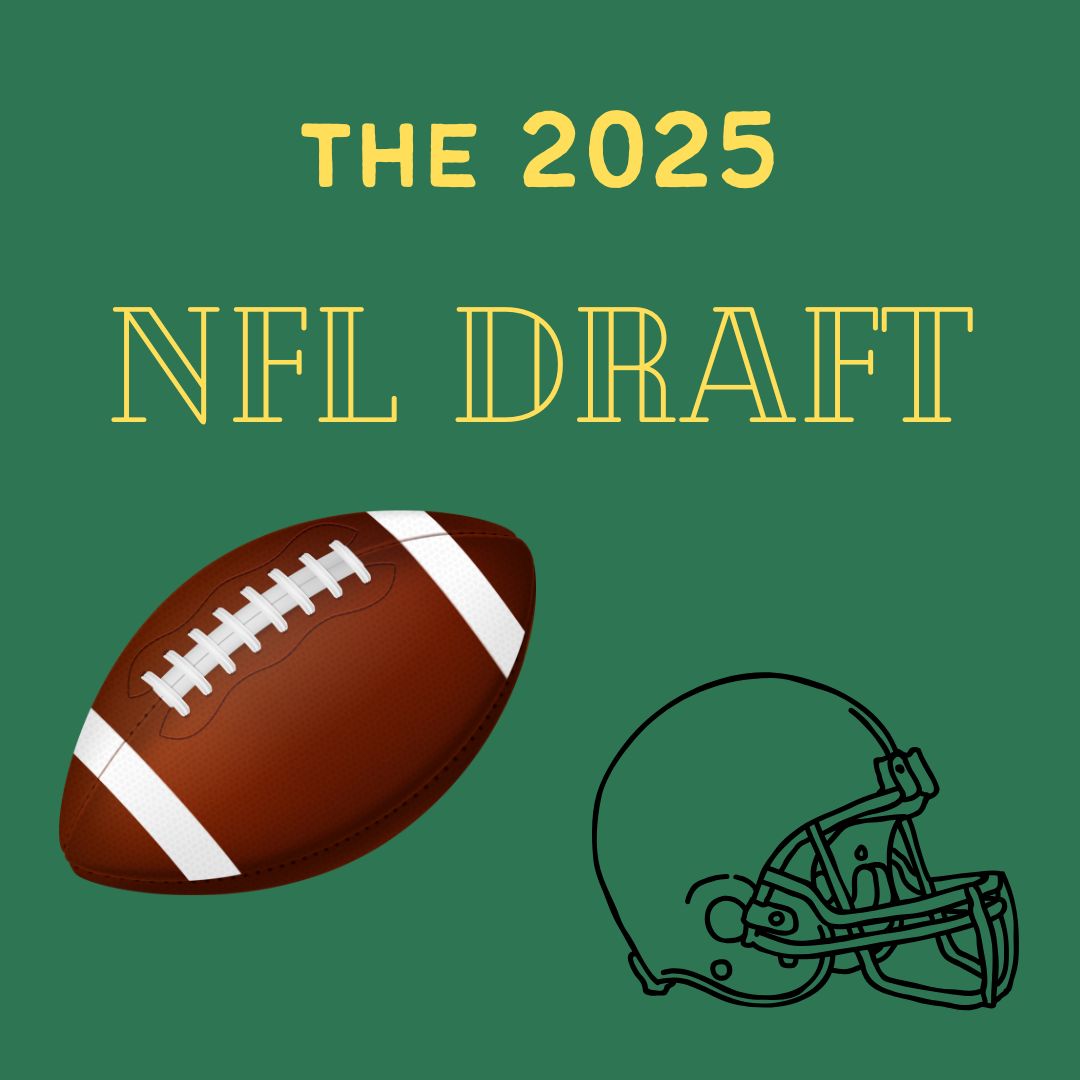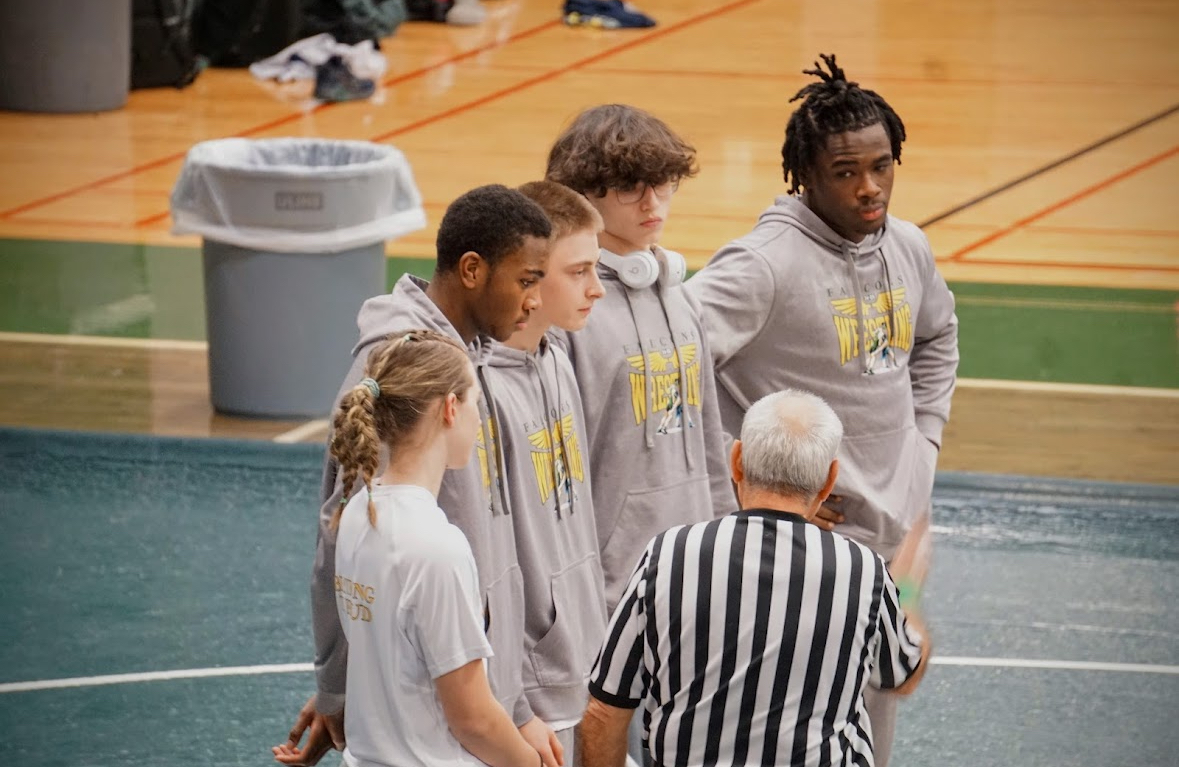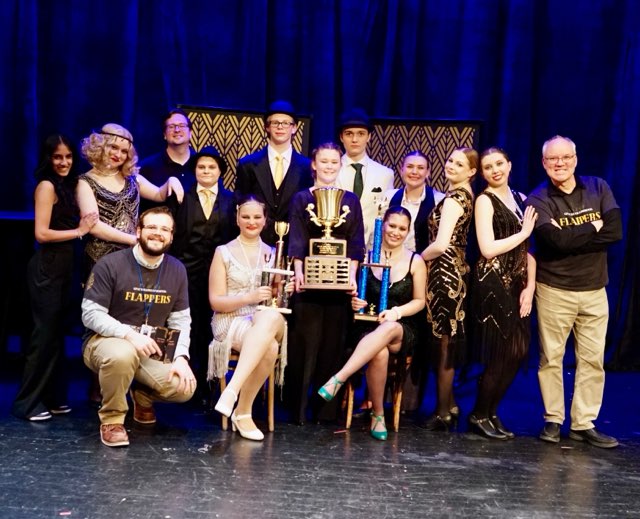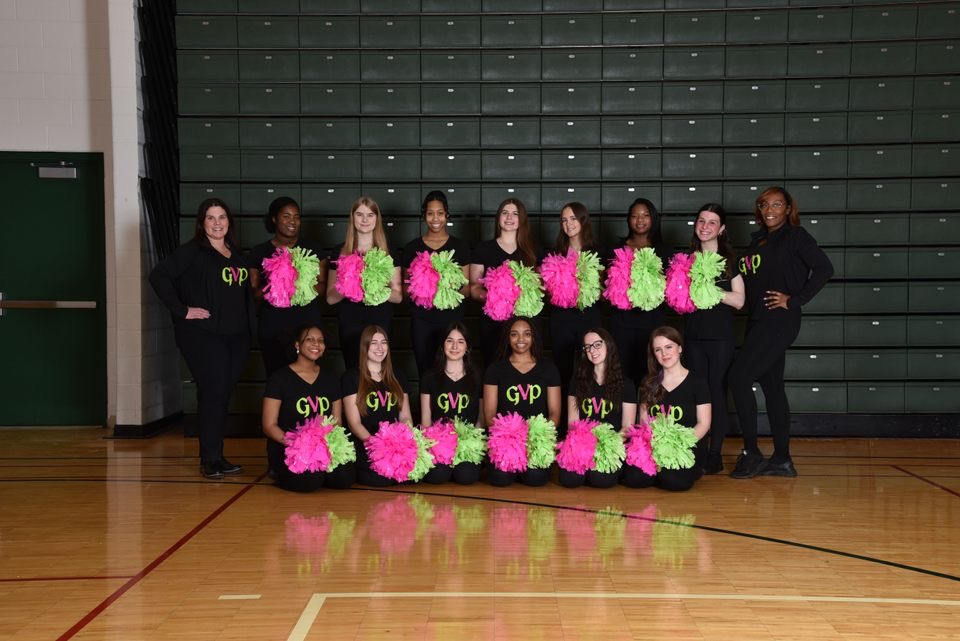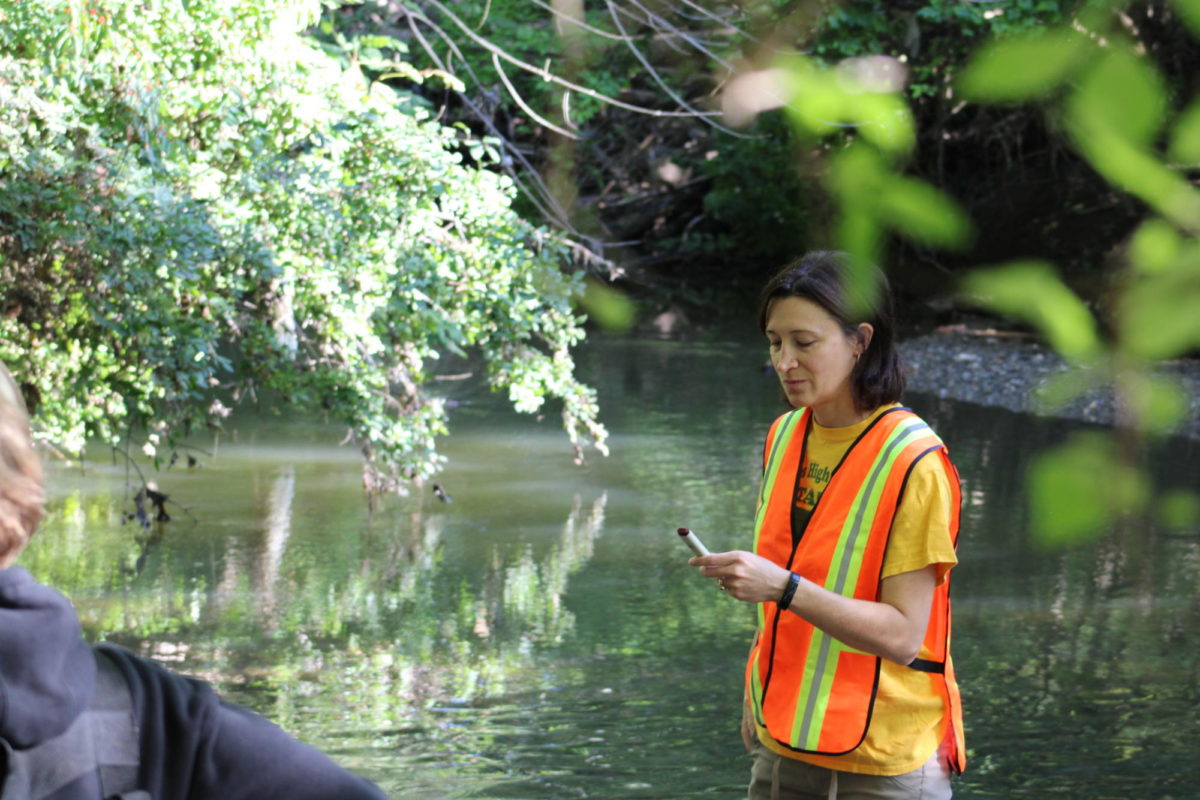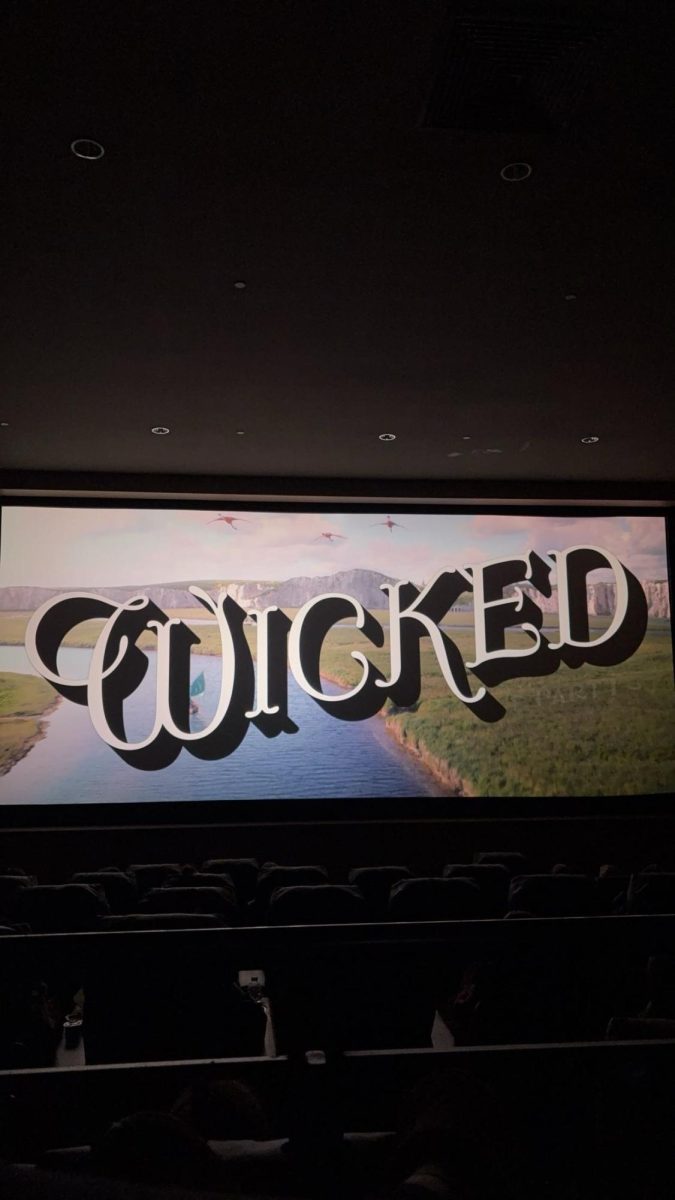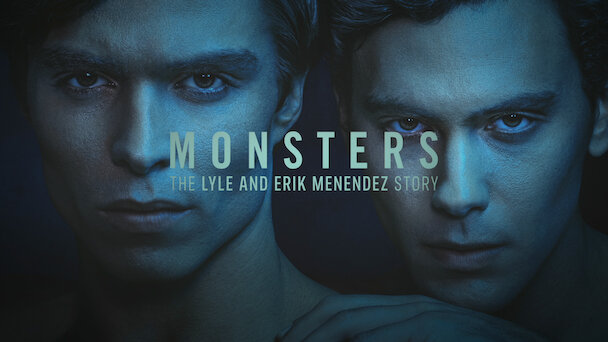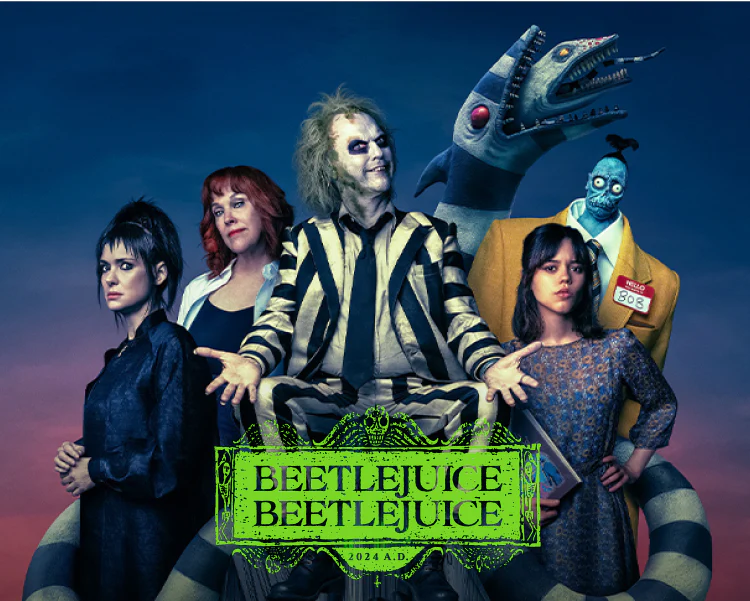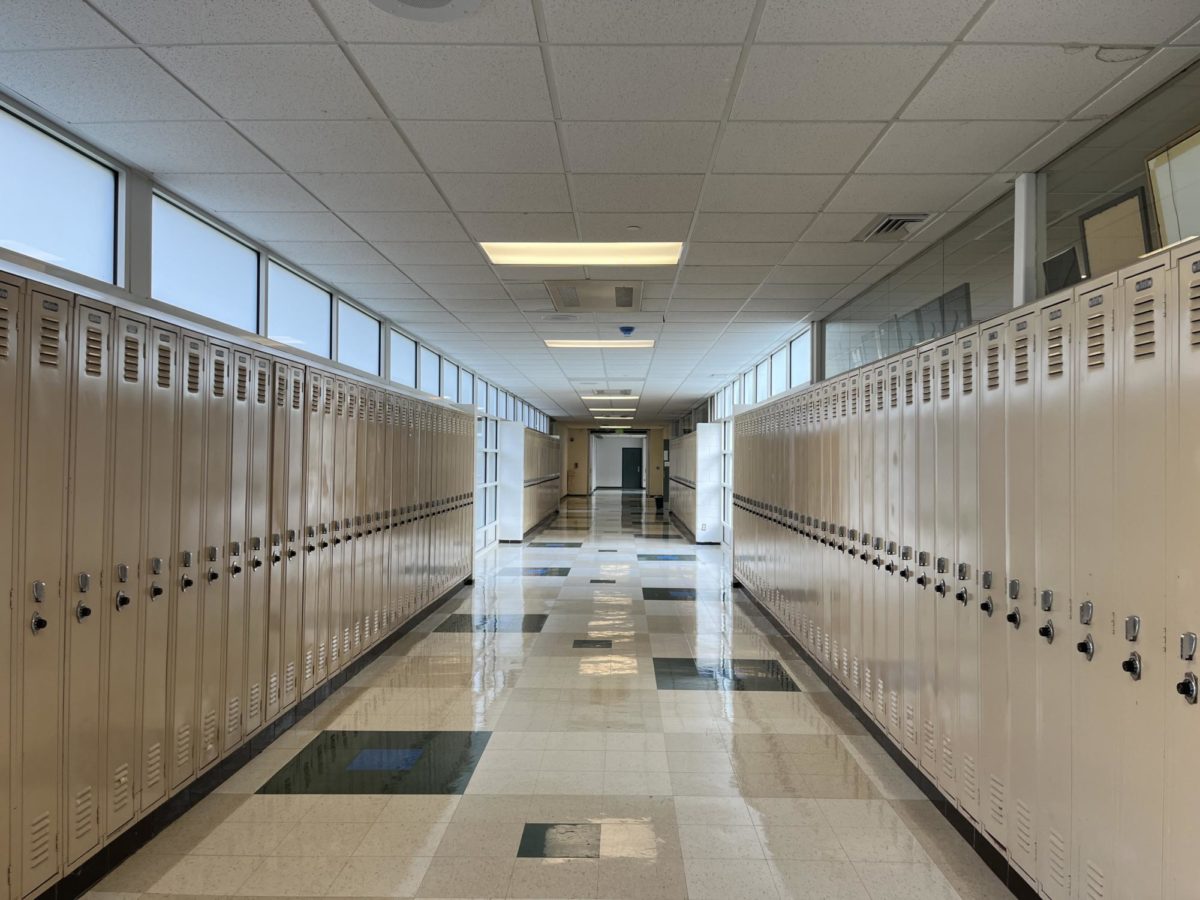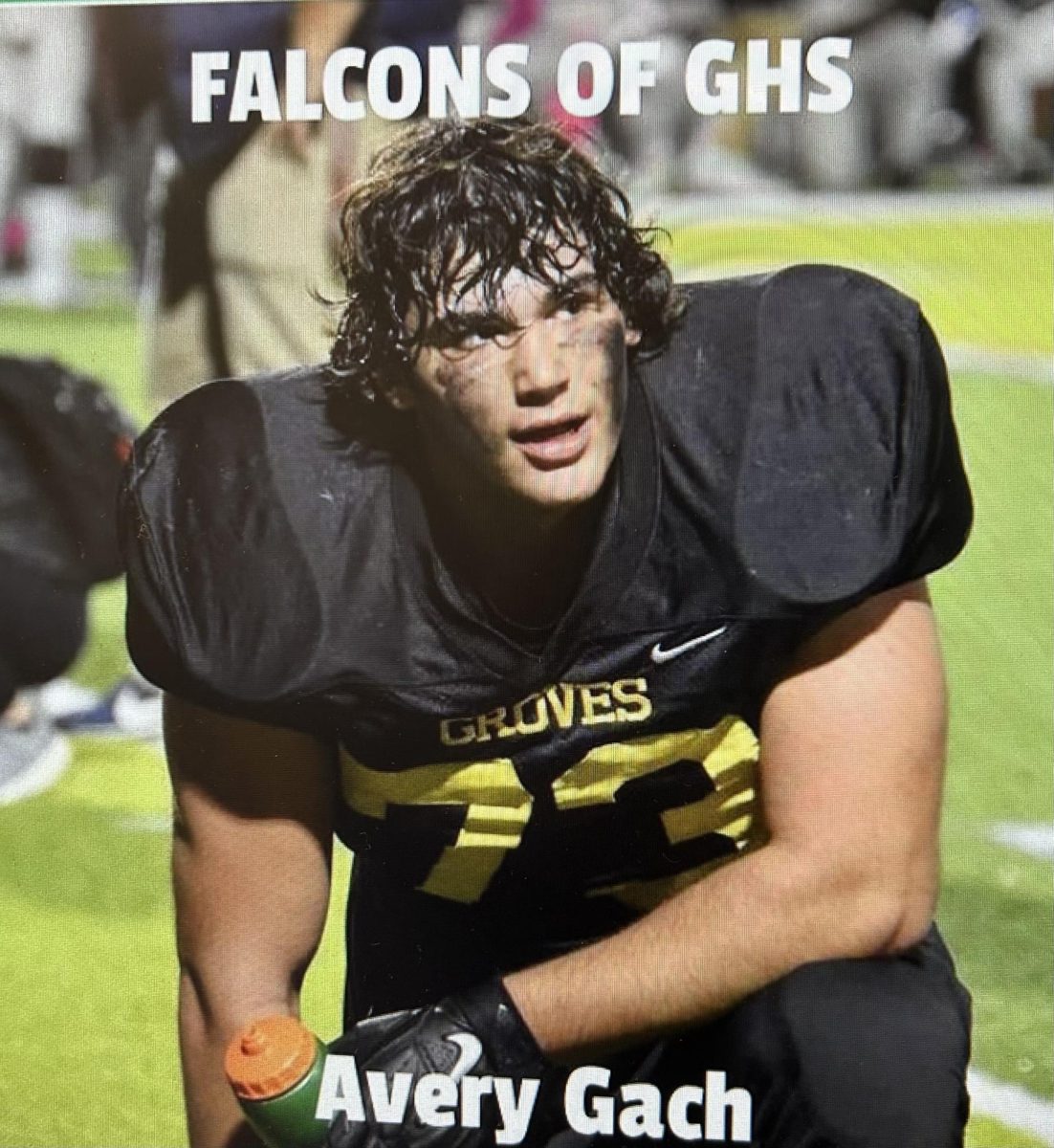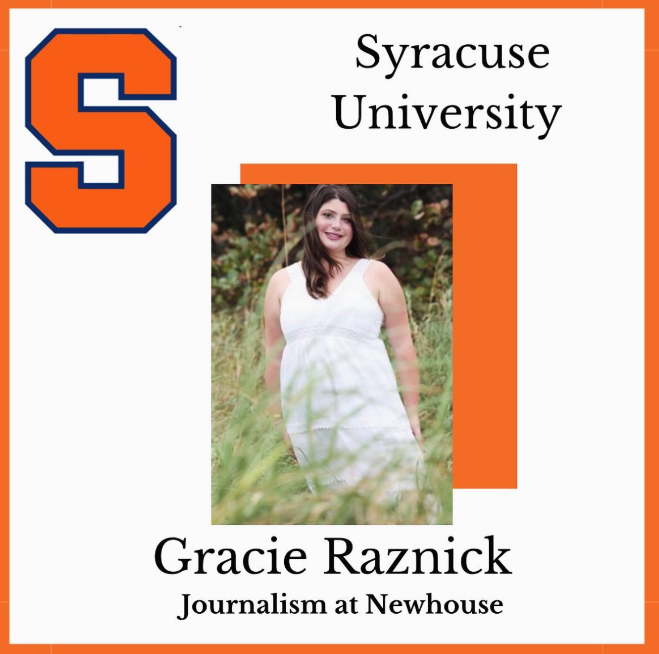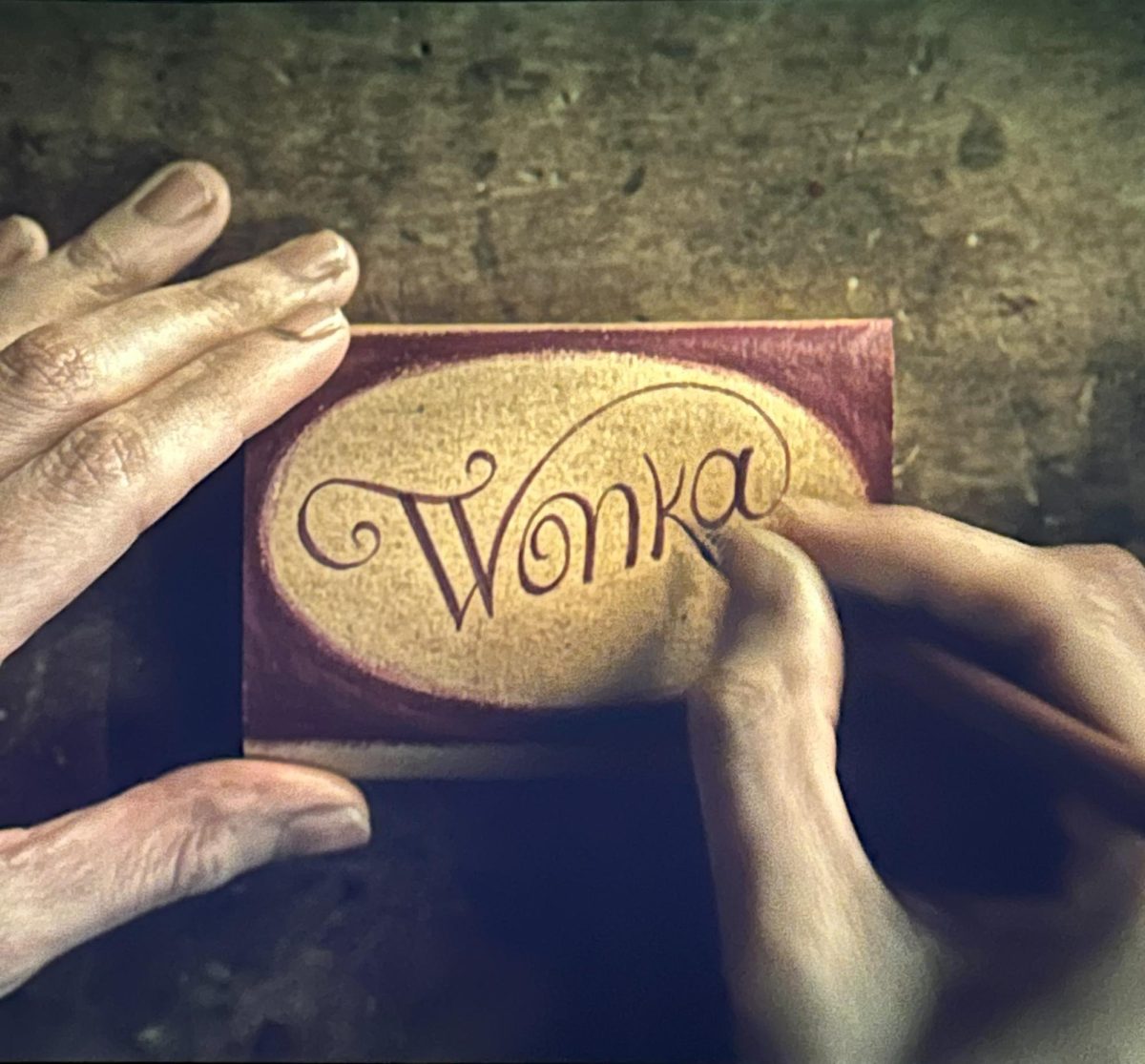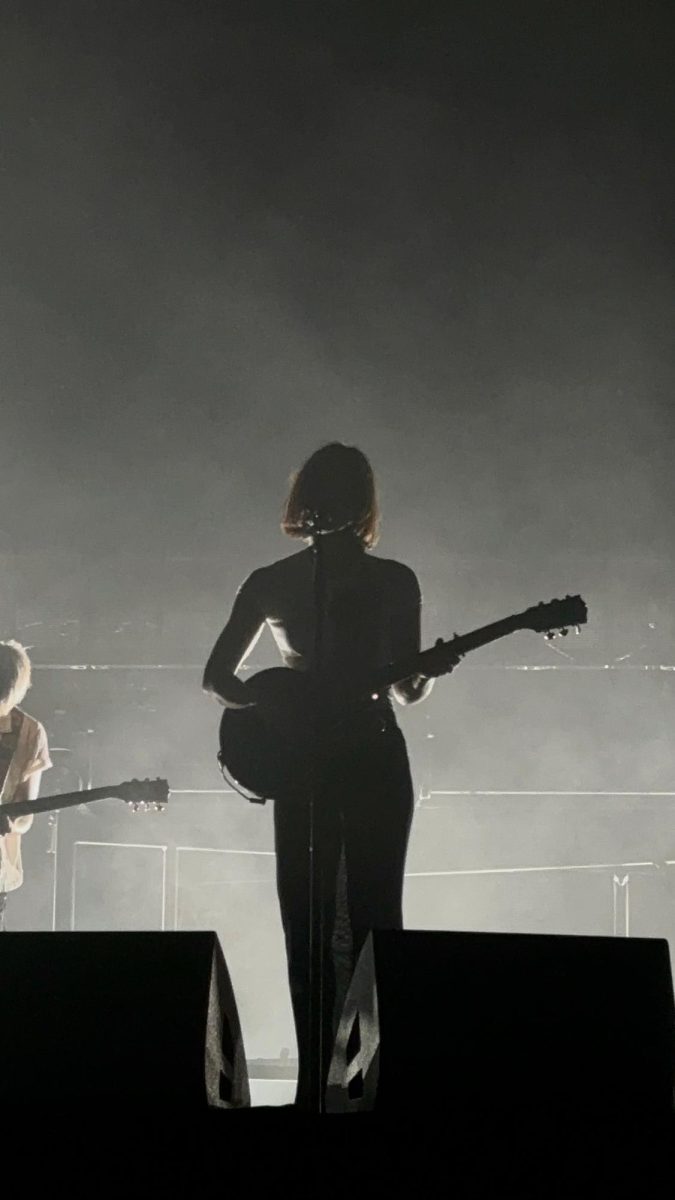Lauren Mattison is the creative force behind Flappers, a musical that blends her love for jazz and blues with a powerful message about feminism in the Roaring 20s. It all started with Mattison writing independent songs across different genres, but jazz and blues quickly became her favorite. She was drawn to the storytelling in these genres, finding a way to craft narratives through her music.
“I started to realize the storytelling in the music, and I was, huh, I like musicals, and I can write,” said Mattison. This realization set her on the path to creating her own musical, Flappers. The story centers around two strong women, best friends who find their relationship fading as they navigate career ambitions, ideas, and social expectations in the 1920s. The theme of feminism is something Mattison wanted to address within the musical, reflecting the changing roles of women during this time. As Lauren developed the characters and plot, she was focused on creating moments that would resonate with the audience.
“Here are the scenes, here is what they need to be and what needs to happen in them, and who’s in them. And here is what happens in the song; what’s the style? What does it need to be about?” said Mattison. The interactions between characters and the dialogue-driven songs played a very important role in how Lauren developed the plot and shaped the growth of her characters. Each scene had to not only move the story forward but also serve as a vehicle for character development. These moments needed to reflect the internal conflicts of the characters and the broader themes of the musical, staying in line with feminism and the evolving role of women in the 1920s, which guided her inspiration further.
One of the standout moments in the musical is the song “You Need a Hat,” which was inspired by Latin rhythms. Lauren didn’t just listen to Latin music; she studied it, asking herself key questions to create something authentic to the period. “What does it need to be about?” she asked herself, making sure the song stayed true to her vision. The song “You Need a Hat” is a perfect example of how Lauren took inspiration from Latin grooves, made sure it was unique, and also made it an authentic piece for her musical. Lauren didn’t just listen to Latin music from musicals or outside of them. She actively engaged with the music, so distinctive. She paid attention to the rhythm, the energy, and the way certain instruments interacted to create a specific feeling. This process involved more than simply copying what she heard but actually understanding the genre on a deeper level, which is one of the skills Lauren has that helps her build her own composition.
Creating this kind of music is no easy task, especially for someone with a deep desire to make it perfect. Lauren had a clear message and an idea for each song, but she had to work through the complexities of making it come to life. Once the melody and lyrics were written, she then focused on the instrumental arrangement, carefully considering how each part would contribute to the song’s overall mood and theme. This is where her talent for playing multiple instruments became crucial. Lauren didn’t rely on other musicians to create the sound she envisioned—she produced all of her background instrumentals herself, by using computer programming connected to a piano keyboard, generating sounds for bass, drums, piano, or horns,on what felt right for the song’s vision. Then edited it together to make it a seamless soundtrack.
Lauren’s creative process was deeply structured, but she also allowed herself the flexibility. She always had a clear conceptual outline of what she wanted, which helped her map out the scenes and events that needed to take place to drive the story forward. This framework allowed her to approach the music with purpose but also gave her the freedom to explore different sounds and melodies that would best fit the characters and themes of the musical. By combining this structured approach with her ability to play a wide range of instruments, Lauren was able to create a sound that was both unique and true to the time period, while making sure that each piece contributed meaningfully to her vision, which was essential given they needed to cut the time down.
“Lauren is just a very focused person. She’s very driven. She had a vision for this play right from the start, even though she didn’t get a chance to fully read through it over the summer,” Ireland Kopsch, member of the Flappers production, said. The idea for Flappers began as a project in Theater 5. During the summer of her junior year, Lauren received feedback from audience members and held a stage readinging to refine her work. Afterward, Mr. Rutherford began helping her bring the production into full swing, with the goal of taking it to state competition. The class, a semester-long advanced theater course, focused on students’ skills in performance, directing, and production. In the process, the students had to choose a piece to produce. Mr. Rutherford, the theater director, ultimately left the decision up to the class and selected Flappers, Lauren’s original musical. This decision was due to the strength of her work but also an opportunity for Lauren to gain valuable hands-on experience as both a playwright and director. Since Lauren wants to pursue playwriting in college, this production became a pivotal moment in her artistic journey, allowing her to build her portfolio for future opportunities.
Lauren was already familiar with the process of script revision, but preparing Flappers for the competition required additional adjustments. The full-length version of the musical contained 13 songs and a runtime that far exceeded the 45-minute time limit for state competitions. The first step was to go through the script and make precise cuts, trimming scenes and removing certain songs while ensuring the core story remained intact. Every second counted—if the production exceeded the time limit, it would result in point deductions.
Lauren was deeply focused on how the musical would flow and how to keep it consistent with her idea of exploring the social climate of the 1920s. She really leaned into the storytelling aspect of the music, using it to reflect the struggles and triumphs of the time. The first version of the show needed to be adjusted to fit the flow of the show. A few of the songs were ultimately cut for the Groves Performing Arts Company’s one-act production as Lauren worked on tightening and refining the musical for its final presentation.
“I’ve leaned more into the feminism of the era and explored it a little deeper. I added a song called I’d Like to Be a Woman, which ended up being one of the audience’s favorites,” Mattison Said. This song gave her the chance to dive further into the themes of feminism. The song was an opportunity for the characters to explore the idea of female empowerment in a way that wasn’t initially intended, highlighting important messages about women’s independence. It also allowed the relationships between the female characters to evolve in a new way, offering a dynamic scene the audience might not have expected.
The play balances the social issues of the time with moments of uplifting energy, and this balance was key to its impact. However, this balance wasn’t just achieved through Lauren’s vision alone; it was a collective effort. Since Theater 5 students were the only ones eligible to perform in the production, Lauren had to adjust certain elements to fit the strengths of the class. This meant reworking dialogue, restructuring moments on stage, and finding creative ways to maintain the depth of each character while working within the constraints of competition guidelines. Everyone played a part so that each detail aligned with Lauren’s concept.
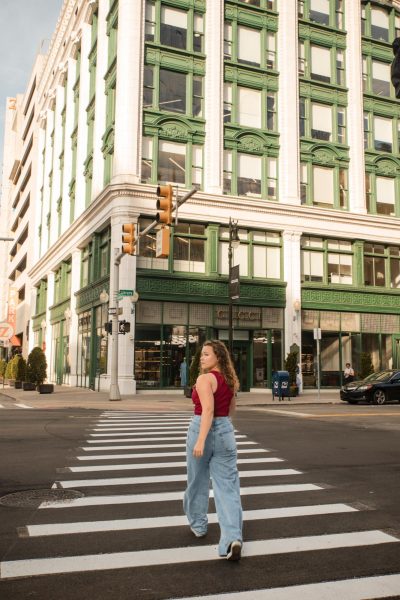
“She kind of already had an idea of who in her head she wanted,” Kopsch said. “But I think she did a great job casting. I think everyone fits their role perfectly.” Lauren had a clear vision of who would fit each role, ensuring that each actor brought something unique to their character. The audition process involved a 30-second monologue and a short vocal performance, giving Lauren the chance to see not only each actor’s stage presence but also how well they could embody the characters she had written. She wasn’t just looking for strong individual performances—she was focused on how the cast would work together, building the dynamics needed to bring Flappers to life. This thoughtful casting process connected back to Lauren’s ability to develop characters with depth and distinct personalities.
“Lauren’s personality didn’t really reflect in the characters, but I think she did a really good job of separating herself from them. Louise is a writer, and I think that part of her character is like Lauren, but it’s a little different.” Jayda Evans, who played Louise, said. By carefully selecting actors who could bring her vision to life, Lauren made sure that both Louise’s romantic interests and career motivations came through. Jayda did a great job showcasing the depth that Lauren had built into her role. It was a creative role Jayda had never played before. She also admired Lauren’s ability to manage the production while keeping things fun and collaborative. The process of bringing characters to life involved constant changes—Lauren would rewrite and adjust aspects of the play, cutting scenes and reworking them until everything was just right. Jayda appreciated how Lauren balanced creative flexibility with her vision, but it was also a major team effort to make it fit together perfectly.
“It was a collaborative effort from everyone,” Kopsch said. “We all had our input, but it was her vision from the beginning.” Lauren took charge of the blocking, planning, and directing the movement of actors on stage to ensure the storytelling was both visually engaging and clear. However, while she guided the staging, the overall success of the production reflected a collective effort from the entire class. After auditions, the students were divided into different creative teams, each responsible for an element of the production. Students focused on costumes, managing props, and set design and construction. Every aspect of the show was student-led, from the marketing to the choreography. Ireland and Asher Leopold, for example, were in charge of marketing, promoting the show through posters, social media, and designing programs and T-shirts to build excitement. Talia Kamoo, the show’s choreographer, worked closely with Lauren to bring her vision to life through dance, making sure each number not only fit the historical style but also contributed to the storytelling and plot progression, was doable by the cast and fit the time constraint.
“So we created a full production within 45 minutes. We had to play on three sides of the stage,” said Mattison. Performing on a three-sided stage meant that the layout had to accommodate the audience on all sides so they could see and engage with the performance. This was an extra layer of complexity to blocking and choreography, requiring careful planning. The team had to follow specific guidelines on set design, ensuring it could be transported easily and set up quickly within the allotted time. Lauren played a crucial role in managing these logistics, working within competition rules regarding how much set could be used, how long they had to put it together, and how quickly it needed to be dismantled. Lighting and sound also had to be carefully planned, as the equipment needed to be portable and functional within competition constraints. The competition process began with a district-level event, which served primarily as a feedback opportunity. This allowed the team to refine their performance before heading to the regional competition, where the top two productions from each region would advance to the states. After winning regionals, the Flappers cast and crew had just two weeks to fine-tune their work before competing at the state level. This period was filled with intense rehearsals, last-minute adjustments, and refining every aspect but also making sure that they could work quickly in reverse, striking the set, packing everything up, and clearing the stage within the required timeframe. It was as polished as possible.
“I definitely think her writing it, composing it, and directing it gave us an edge. And the fact that every single element of the production was completely student-led made it even more impressive,” Kopsch said. Unlike many other schools, where productions are directed and overseen by adult theater teachers/directors, Flappers was entirely run by students. Schools like Bloomfield Hills High School, for example, had a production that was directed and managed by adults and staff members. Flappers was created, developed, and brought to life solely by students, showcasing a level of creativity and skill at Groves High School.
Since Flappers was an entirely new production, it had never been seen before in competition, giving it an extra element of surprise for the judges to look forward to but also the experience of the story, music, and performances speaking for itself.

